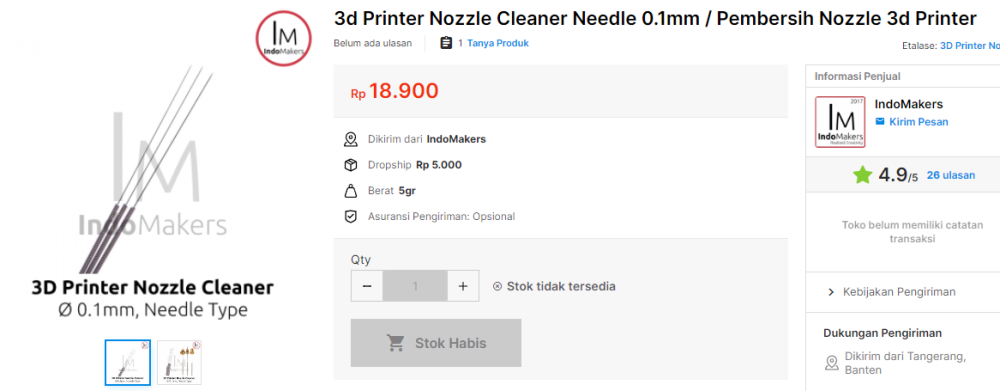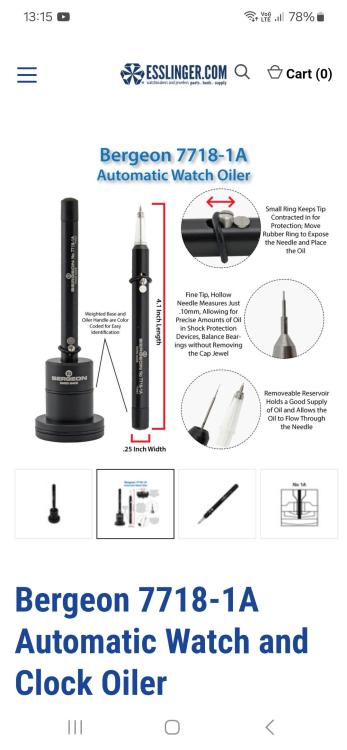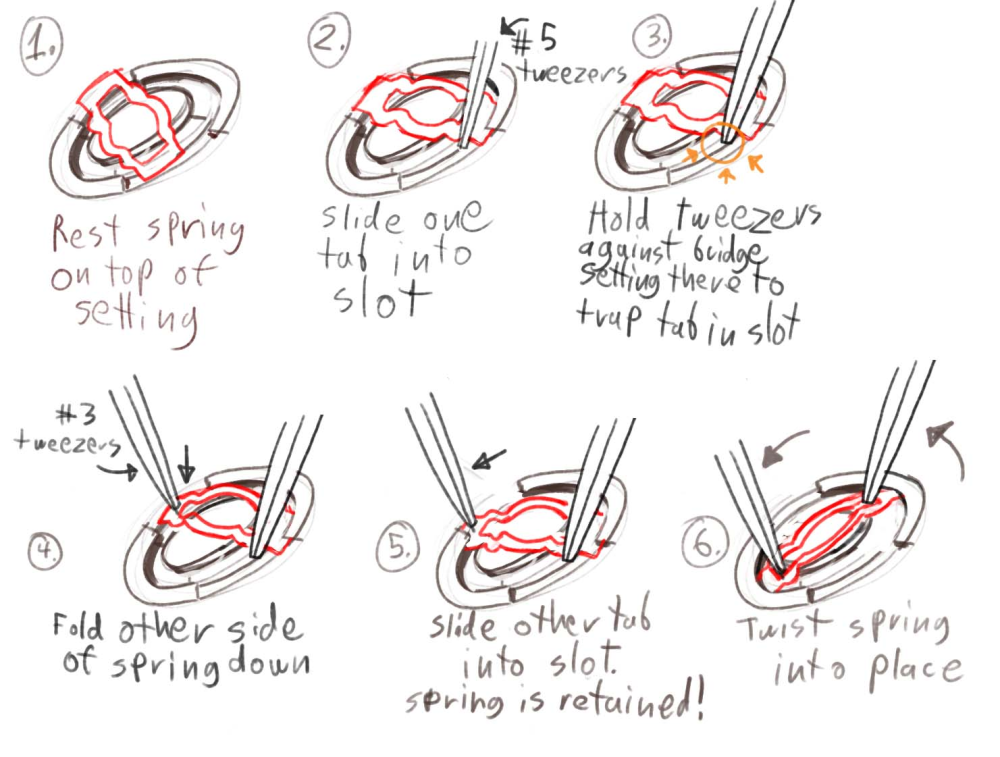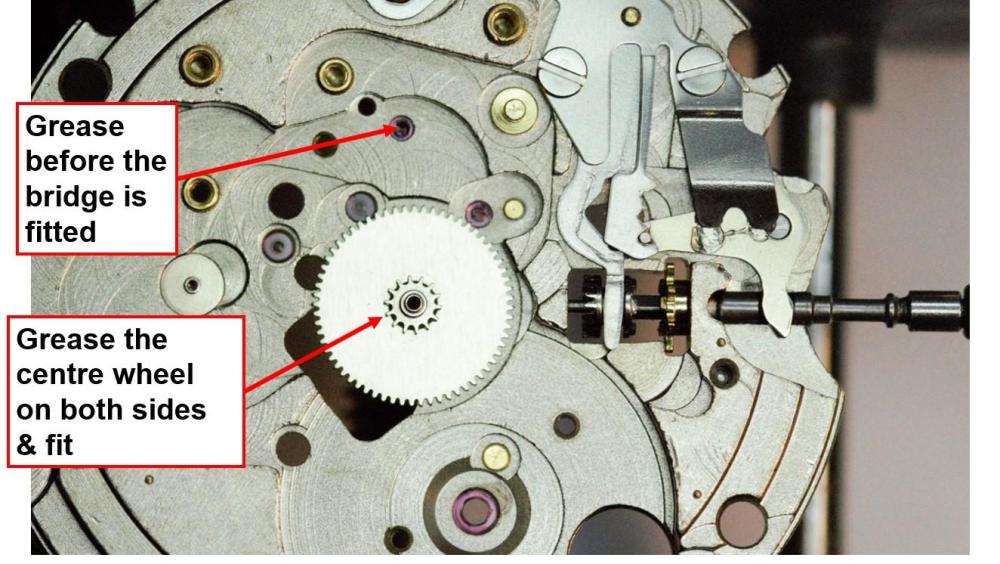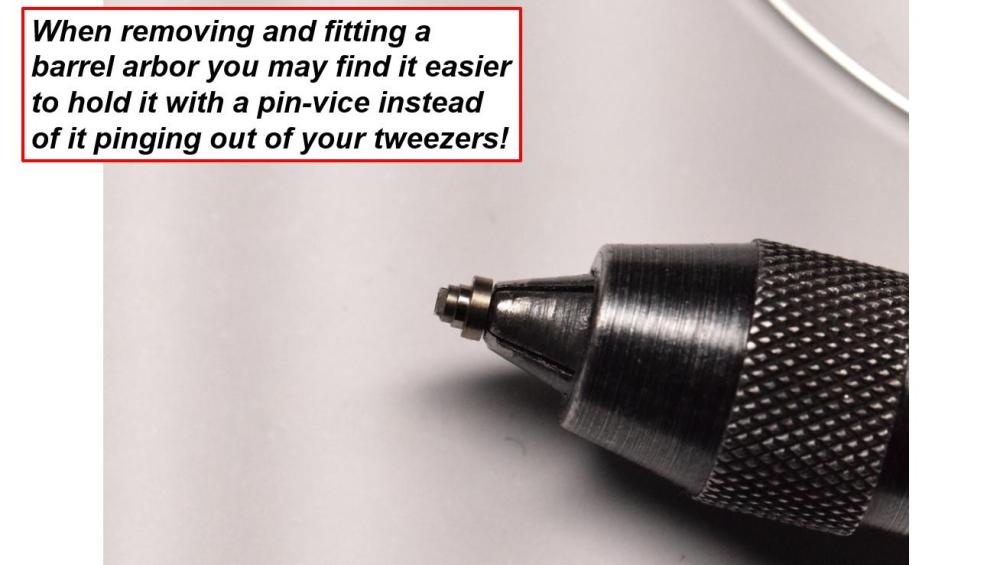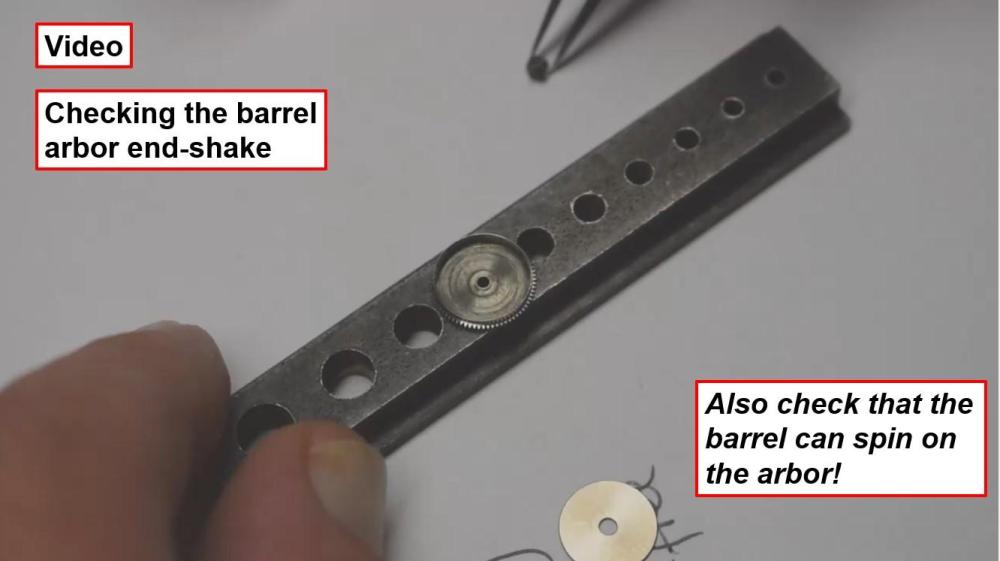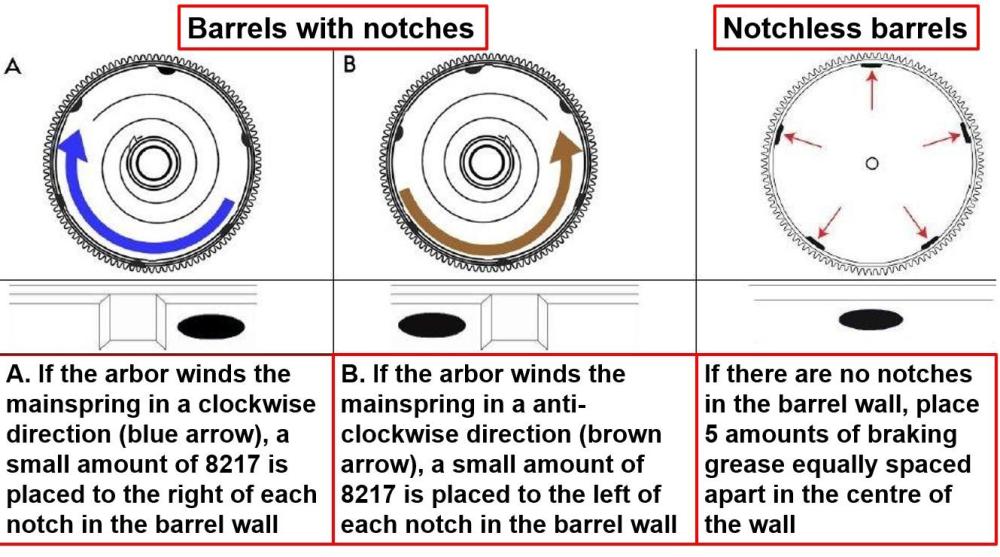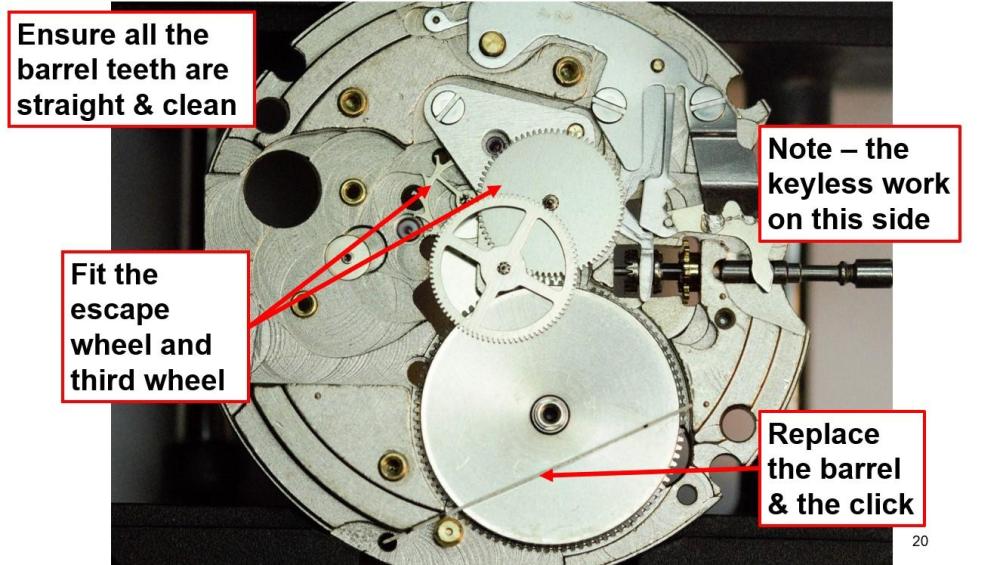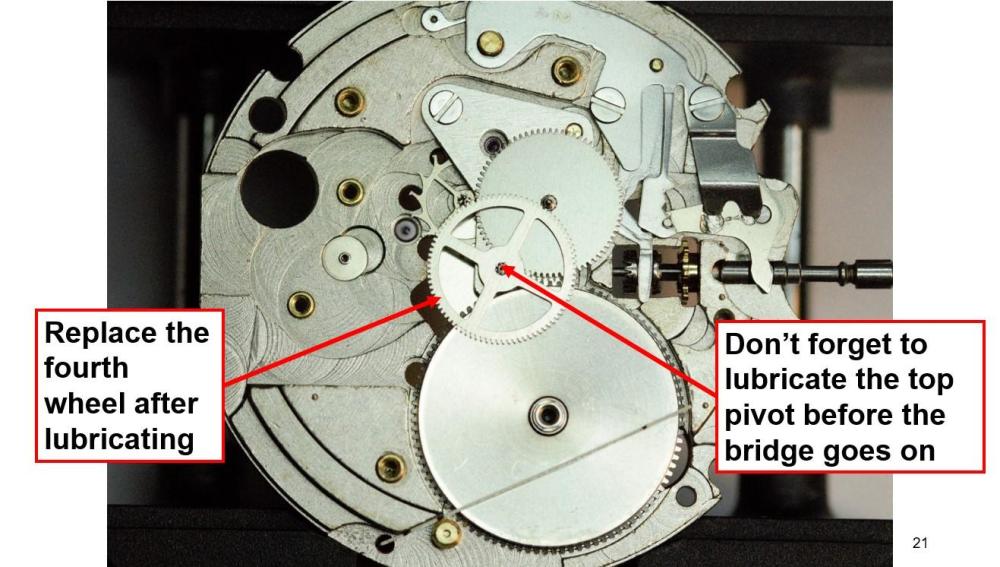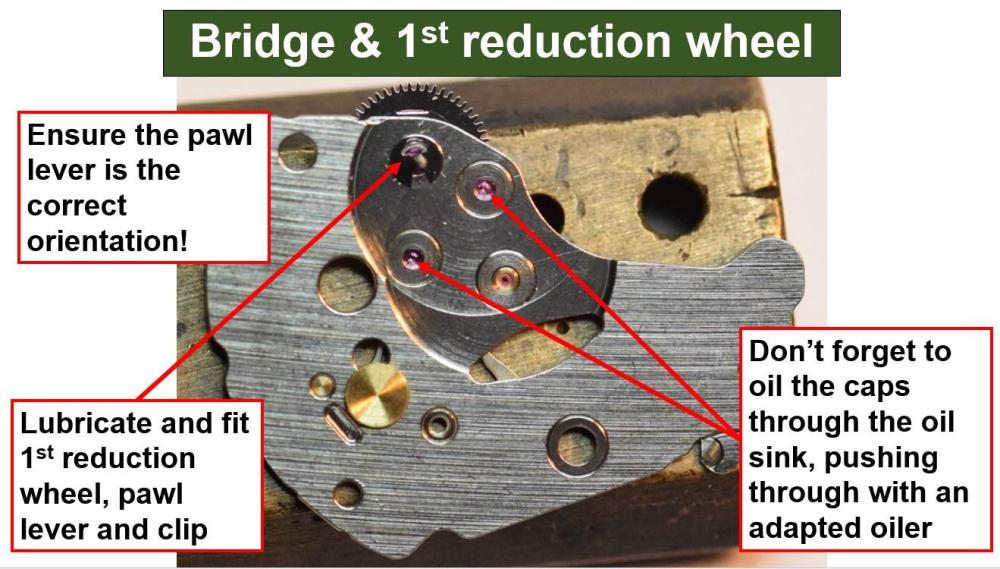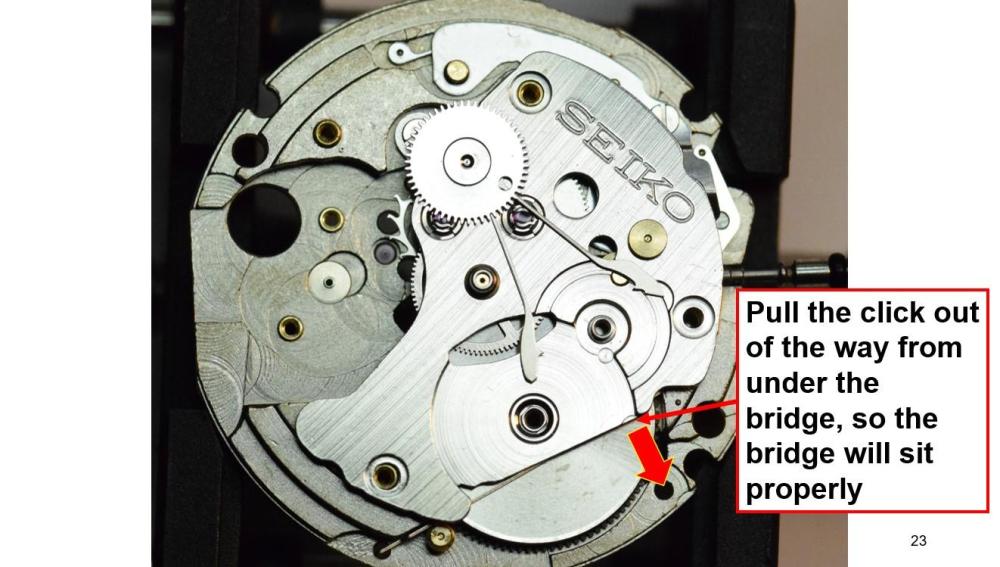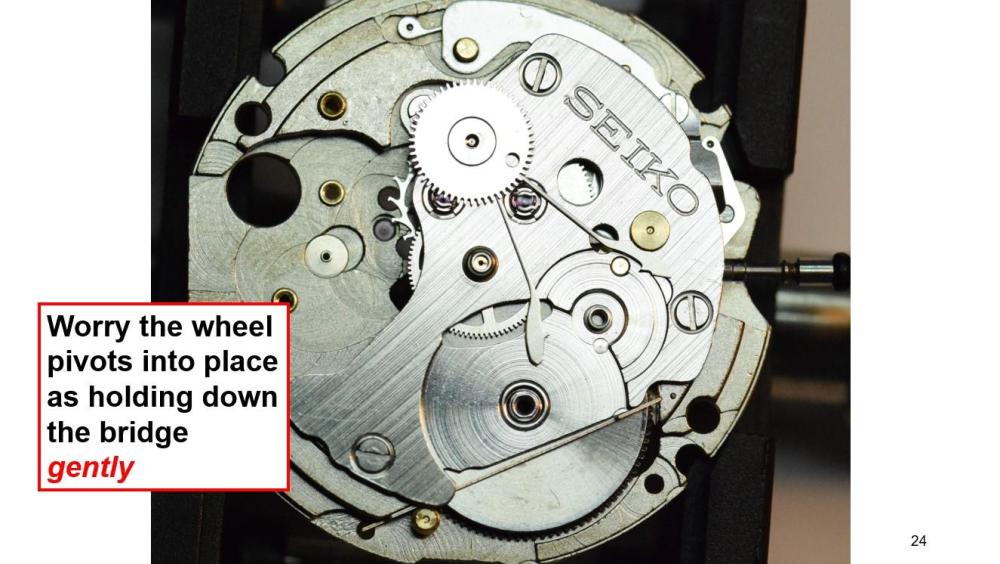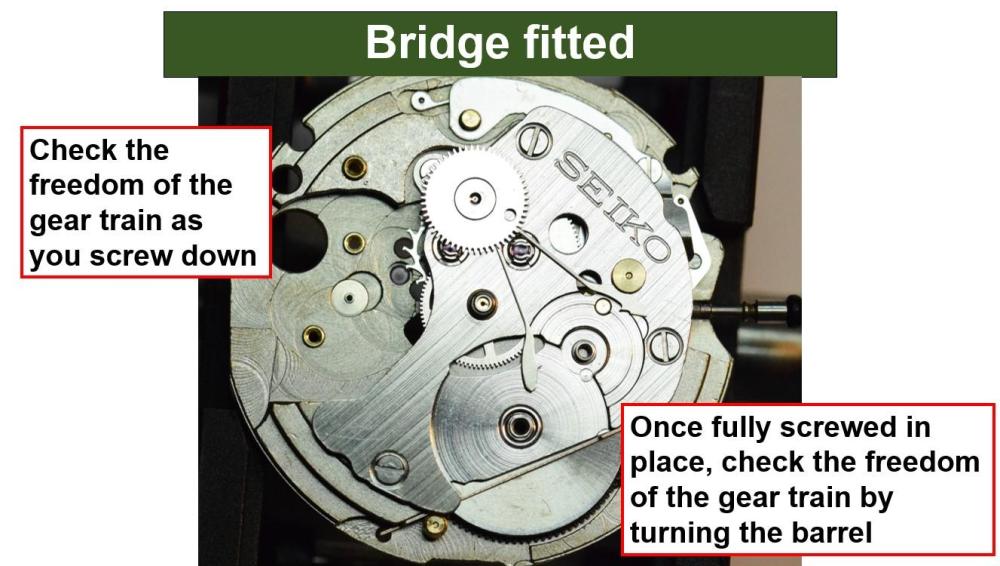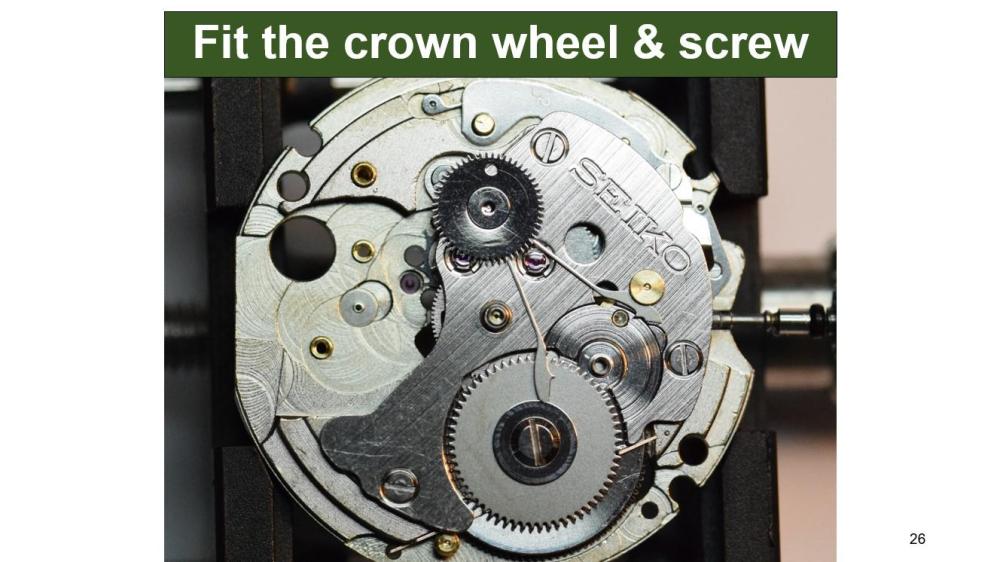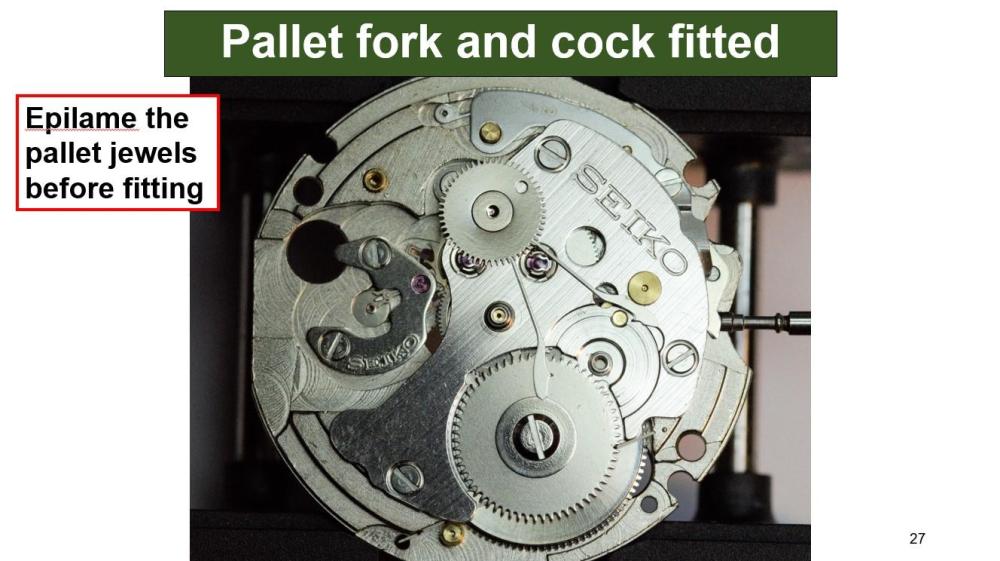Leaderboard
Popular Content
Showing content with the highest reputation on 02/20/24 in all areas
-
@BirbdadBuy yourself an automatic watch winding machine from AliExpress for pennies https://www.aliexpress.com/item/4000004784736.html?spm=a2g0o.order_list.order_list_main.159.594618024QfCOB It will pay dividends and make timing your watches so much easier. For any watch, aim to always gain time, and never lose time. Take a reading after 24 hours as the movement may be gaining time when fully wound, but lose a slight amount when sitting on the bedside table for 8 hours. With a Seiko, it should gain about 20 seconds per day. The specs say more. With this type of movement don't try and aim for zero seconds of gain or loss as it's futile. I've just serviced a Citizen 8260A manual watch for a client and it went out the door gaining 25 seconds per day when fully wound. After 24 hours of running it gains about 8 seconds per day, so at the end of the week it should gain about a minute or two. This is more than acceptable for the quality of this type of movement. In London, I charge £190 for an automatic and £140 for a manual watch with no date plus £20 for a new mainspring which should be fitted as standard. I always expect to see at least 270 to 280 degrees amplitude, maybe more. I think this is a reasonable amount to charge. Some charge more, some less. Always charge what you think you are worth. Never charge less than your value. If a client doesn't want to pay your fees, then they were never meant to be your client. That's just how it goes, so don't bring yourself down to meet the client's expectations of price. Don't ever question your worth if you know you are good at what you do, only others will question that, and again, they are never going to be your clients or pay what you are worth. On a side note. The main positions to look at are dial-up, crown left and crown down (as you look at the dial), as these are the main positions your watch will be in. These are unadjusted positions.3 points
-
It looks like an Antichoc 102. I believe the Jeabrum 23D is the same as Westclox m101. There are some on ebay now with what looks like that shock system.2 points
-
I've used 0.1 mm copper wire. It's commonly sold for circuit board repair, in small quantities for just a few dollars. Grab a bit with some tweezers. It's a bit small to hold on a pin vice. It's soft, so less chance of chipping the jewel. And you can bend it when something straight can't get access or would block your view.2 points
-
2 points
-
Hi , the process as I remember involves in removing one of the stems. The rotary you remove the bezel and remove the stem and the watch lifts out so in effect you have two watches one on top of the other. Whether the tissot employs the same method I can’t be sure.1 point
-
Just a quick update to let you know I was able to satin polish the case without removing the bezel which I protected using double layers of Kapton tape. Even so, the diameter of the bezel was considerably smaller than the case so the tape was just a precaution. So, the case is looking like new again! Now just waiting for new mineral crystals for the case and case back which seems to take forever. I think I'm done with Postnord1 point
-
Yeah, the diafix springs were torture, to the point i would just put off servicing a watch cuz i knew i'd probably have to set them a few times. It's sooo nice being able to just do it in seconds now. Practice that method and it gets easy quick! Also my 1a oiler does appear to fit every jewel hole in a 7s26. the escape wheel is iirc the smallest hole and it just barely fits in it.1 point
-
Emmywatch shows that the base caliber for the Elgin 720 is a Jeambrun 23D, as RichardHarris123 pointed out above. Going to that page on Emmywatch shows the shock system as either Antichoc or Incabloc, and it isn't an incabloc so a search for Antichoc showed that the 102 is similar to yours. Searching for Jeabrun 23D on ebay showed some listings that came back with the Westclox m101 where the listing mentioned the Jeabrun 23 as the base caliber.1 point
-
I haven't tried the Elma, but I bet they are similar. Keep in mind a liter of Elma makes 10 liters of solution, and a liter of Hegel makes 20 liters- so the price ends up the same!1 point
-
nevenbekriev, has described it completely correct. How did you put the new spring in the barrel I hope with a clock mainspring winder.1 point
-
I'll have to try that. Replacing those rectangular Diafix springs has probably been the most difficult motorically among all the challenges I've taken on since I started. Clever to take advantage of the spring not only springing in one plane but also springing when rotated in opposite directions. I probably never would have figured that out on my own. BTW, if anyone wonders about the origin of the Diafix name it stems from the word diabolic. The Diafix spring was invented by a particularly sadistic Seiko employee who, during World War II, worked on the design of exceptionally painful torture methods That's massive. Don't know the diameter of these jewel holes but definitely < 0.10mm. Perhaps the diameter can be reduced using sandpaper. I have the 1A oiler and I think that 0.1mm is correct. For those considering getting this oiler be aware that there are capped jewel holes that are smaller than 0.1mm. At least one of the two jewel holes on the Seiko 7sXX train wheel bridge is smaller than 0.1mm if I remember correctly.1 point
-
See, there ia another, more correct way to do this job. I will describe it and will use word 'chain', as in the most cases it really is one. 1. The movement is assembled without the chain and the lever (or the verge, if it is a verge escapement), the train is oiled and the wheels turn free. 2. Attach the chain to the barrel and rotate the barrel to the direction to wind entire cain on the barrel. Then attach the other end of the chain to the fusee and force the barrel to strain the chain and to bring the train to motion untill no more motion is possible, and the chain is pulled to the end, at this point it will be perpendicular to the fusee wheel. 3. Holding the barrel as to strain the chain, put the ratchet wheel, wind the spring a little (about 1/2 turn) and engage the click. This is the procedure to put the chain in place. Next is the first winding and the check and adjustment of the torque on the fusee. Block the train and start to wind the spring (by turning the fusee arbour) Observe how the spring goes in the channel of fusee and if needed, help it to go in the channel correcty, do not let it go out of the channel. This is only when first winding, next times the chain should go where needed by itself. Observe if the end of winding is limited by the limiting device correctly. Then release the train and let the spring unwind by train turning. The torque on the fusee wheel must be equal all the time (this is the aim of the fusee), this can be evaluated by the 'speed' of the train spinning. If near the end of reserve speed reduces, then the initial tension of the spring must be increased ( by the ratchet wheel position) and wice versa. As You have replaced the spring, have in mind that the fusee has been calculated and made to equalize the original spring torque, so it is not obligatory to be able to fully equalize the torque of the new spring. Also, if increasing the initial tension to much, it is possible to reach a momment when winding the spring to the end wil get limited by the spring end, but not by the limiting device, which is not acceptable.1 point
-
According to Esslinger, the 1A has a tip of just 0.1mm. I bought a China copy from AliExpress and the tip was a sharpened point, like a pencil. I didn't examine it carefully, it might have had a pivot like point which broke off in transport. Anyway, I sharpened the tip to a needle point and it works.1 point
-
So i'm going on the timegrapher. This service and yeah trying to get it to be a little fast but not too fast. On the wrist when i get the delta in this range i get it pretty dang close to zero for my personal habits as i can spend a week wearing it and dialing it in and charting the average deviation. This is the first time i've timed it for another person. I'd wager where i end up with right now he'll be running a few seconds a day fast on his wrist. Whatever he gets it'll be better than factory. I'm amazed at how accurate these movements can be if you just get the terminal curve perfect and really tighten up those regulator pins till they're almost touching the spring but not quite and the spring is perfectly centered. Also i charged 180 for now. He said 200 was the highest he wanted to go on labor alone. Apparently in the us the standard rate for a professional is about 300 to service a 3 hand day/date watch. I'm fine with 180 for this even though my hourly wasn't great. I can definitely be faster in the future if change a few procedural things I thinks.1 point
-
Is that the International version or Texan version? Many years back I met a group of Texan oilmen who were staying in the same hotel. And we seemed to bump into them everywhere we went. Didn't understand half the things they said, it was like a foreign dialect. My New Yorker friend who was with me didn't fair much better.1 point
-
I think I tried a paint brush bristle but couldn't find one in a small enough diameter. Seems like they're bound into the brush,then trimmed evenly to length. My dog whisker is tapered right down to infinity! The taper makes it easier to manuever also.1 point
-
I think I have it now then, the lathe would be polishing in 1 direction and the jacot in 2 because the pivot is reversing with the bow and only going in 1 direction with the lathe.1 point
-
I still have a bunch of these 218s to finish. Then I will read the book, "Cuss Words for Watchmakers"1 point
-
Good job. Sooo.... when are you going to start on a 214? I would like to hear about your experience. And count the number of expletives you had to use.1 point
-
no I'm not with you. With a lathe the pivot is spinning in just one direction the burnisher is moving backwards and forwards. With a jacot and a bow the pivot is moving first in one direction when the bow is pushed forward and then reverses when the bow is pulled back. The burnisher is again moving backwards and forwards in the opposite direction to which the bow is moving. The burnisher doesn't have teeth as such not directional teeth, so it burnishes in the same way moving forwards as it does moving backwards.1 point
-
Occam's Razor strikes again. It appears that the problem was purely mechanical. The hack lever in some instances can ride up the fulcrum pin. When it does, it can hit the fork ever so slightly. The train bridge will hold it down somewhat, but I don't believe it is always snug. Also, I have observed different washers. Sometimes two gold, sometimes gold and silver. I always to put it back the way it came. In this instance, I think the wrong washer was in place...the interior one. So all this worked together to stop oscillation.1 point
-
I guess if the watch is going to be out a little bit then having it slightly fast is better than slightly slow. The guy may wear his watches differently to you anyway, his day may be very different, his activity levels may be different. I think you have to be so careful with what a customer is informed of. If they are told a specific accuracy and run time then thats what they are going to expect. You might want to let it settle in with you for a few days, worn around your home. Just one of the awkward areas that you have to deal with when you have a paying customer, a pro would have it on a watchwinder for a little while and then re regulate it before it goes back.1 point
-
How about thinning whiskers on lathe ? I hope bergeon doesn't read this , hate to see whiskerless dog community.1 point
-
Using water based cleaner isn't necessarily a death sentence. I've mentioned the Greiner cleaning machine that I used for years; it used water based cleaner, and then isopropyl alcohol for rinse- but it has a built-in distiller, so there was an endless supply of clean alcohol, and the distillation column had a fan below blowing the warm air (filtered) up to dry the parts. That machine never caused rust. Greiner hasn't made the specific cleaning solution in years, but they do make a water based cleaner for watch parts, their GS cleaner. I get what I understand is the same concoction, a concentrate, from Hegel. The old Greiner machine has been replaced with a modern Greiner ACS900, using petroleum based cleaners, but in the workshop many parts get cleaned regularly with the Hegel cleaner, rinsed in water then alcohol, and no rust issues. The clock cleaning solution I use is also water based, from a formula out of the Finnish watchmaking school; again, no rust- but parts come out and get rinsed in hot water, then immediately alcohol, and then immediately on forced air dryer. The above solutions are "pro"; I haven't tried dish soap or anything similar. The Hegel cleaner is about 50 bucks a liter, but makes 20 liters, so really not expensive.1 point
-
1 point
-
It looks like a good machine. Maybe covers could be 3D printed for it? I see the food dehydrator in the back. Useful for drying parts.1 point
-
Nope. I tried to screw it off and to pray it off using a Micro-Shock Case Opener but to no avail. I'm beginning to suspect it isn't removable as there is no real need to remove it. The only reason for me to remove it would be to make it easier to polish the case, but I'm thinking perhaps it can be protected with a couple of layers of Kapton tape!? I've been contemplating getting a Stanley knife as demonstrated by @Jon but not sure it is worth the risk not knowing if it indeed is removable.1 point
-
1 point
-
I had a similar path to watchmaking. Huge car guy, got in a bad wreck in something old without any sort of safety equipment, and found my way here during the pandemic. I've slowly found my way back to cars as well (more modern ones with safety equipment), and now it's just about the best of both worlds!1 point
-
Thanks for your effort! Have you seen this and found differences? https://bhi.co.uk/wp-content/uploads/2021/05/HJ-Mainspring-Winders.pdf1 point
-
Try : https://watchguy.co.uk/cgi-bin/lift_angles https://myretrowatches.co.uk/lift-angles/ https://watchmakingtools.com/watchmaking-resources/watch-movement-lift-angles/1 point





